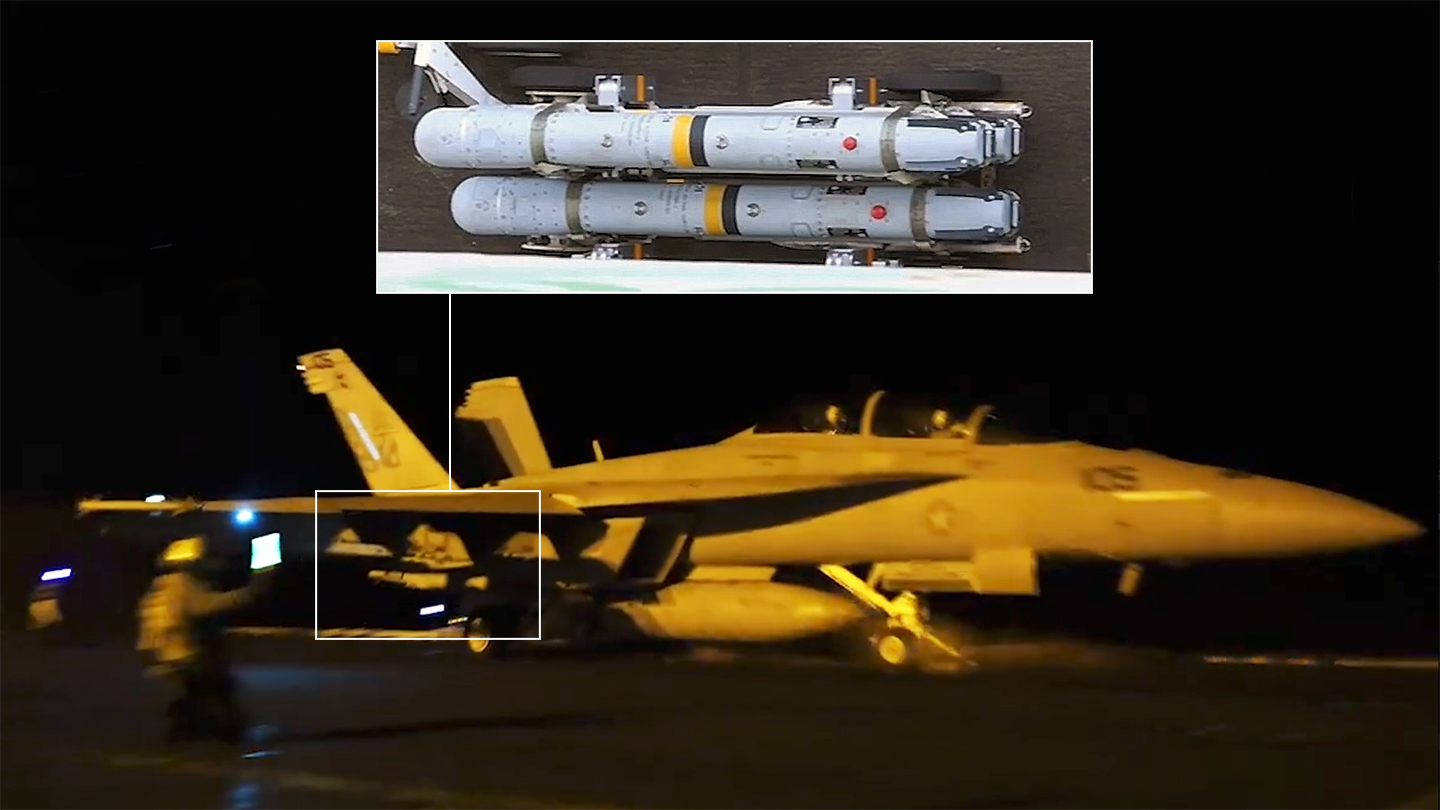We may have just gotten our first evidence of the GBU-53/B StormBreaker glide bomb, also known as the Small Diameter Bomb II (SDB II), being used in combat by the U.S. Navy. The first operational use of StormBreaker by the service would be a big deal, with this weapon bringing some significant advances over its predecessor, the GBU-39/B SDB I, especially the ability to hit moving targets in all weather conditions.
Videos recently published by U.S. Central Command showing ongoing missions against the Iran-backed Houthi militia in Yemen include footage of StormBreakers being carried by U.S. Navy F/A-18E/F Super Hornets, as well as being prepared by armorers about the aircraft carrier USS Harry S. Truman (CVN 75). User @IntelWalrus on X was the first to bring this to our attention.
At this stage, we can’t be sure if this is actually the first time StormBreaker has been used in combat, but we have reached out to the Navy and to Raytheon for clarification as well as details as to what kinds of targets the weapon may have been used against. We have also asked the manufacturer if the weapon was previously used in combat by the U.S. Air Force — if so, this doesn’t appear to have been announced.
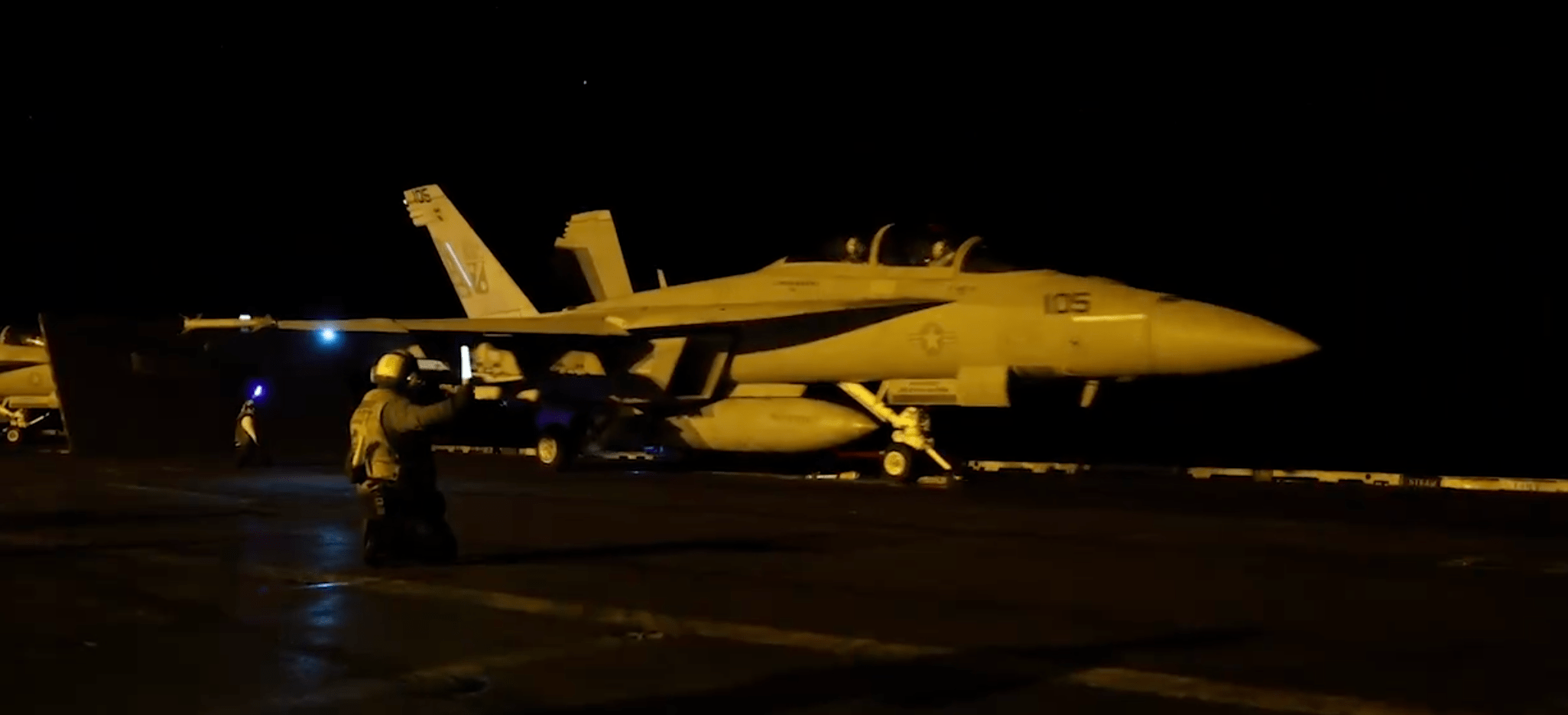
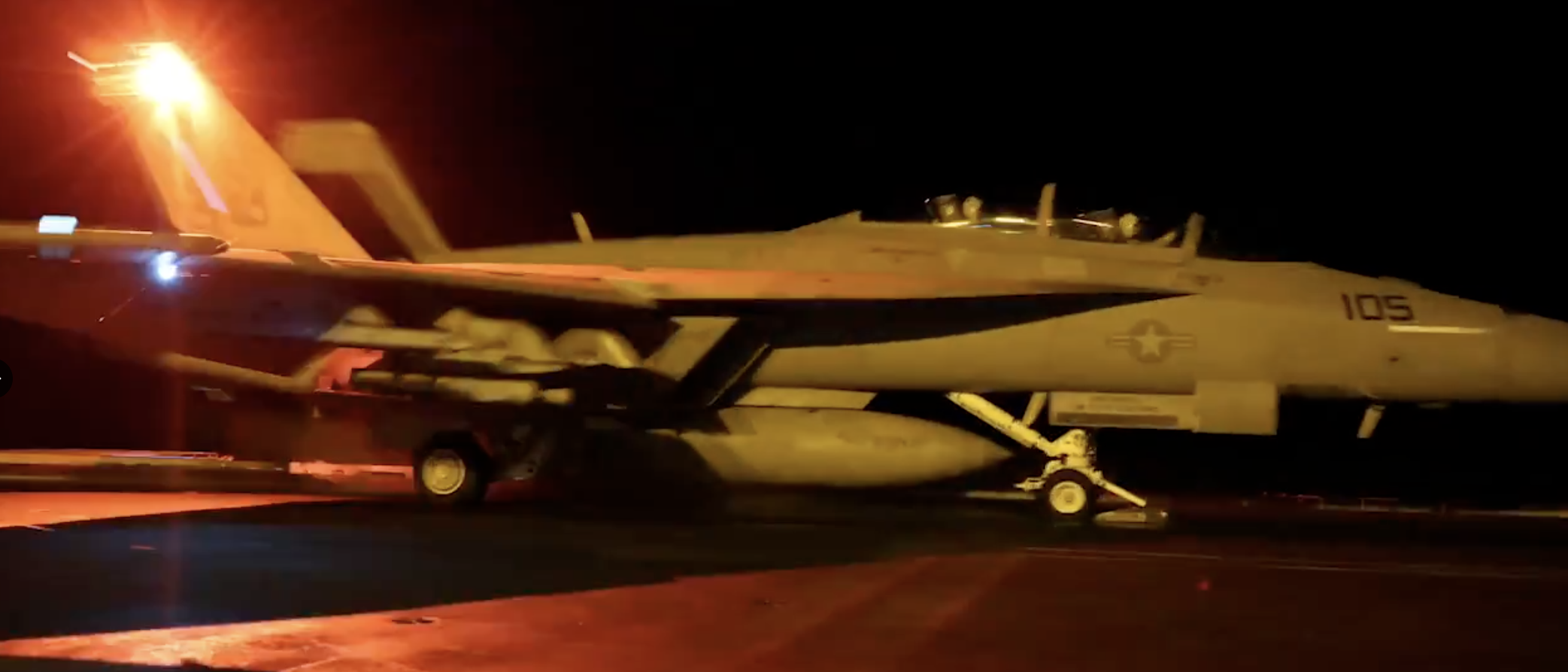
Large-scale strikes by the U.S. military against Houthi targets in Yemen were ordered by President Donald Trump earlier this month, as we reported at the time. The first three days of these strikes reportedly killed “dozens” of militants and hit headquarters, command and control nodes, weapons manufacturing and storage facilities, and drone operations infrastructure. This latest campaign was spurred by the Houthis saying they would resume attacks on Israeli-linked ships over the blockade of humanitarian aid to Palestinians in Gaza.
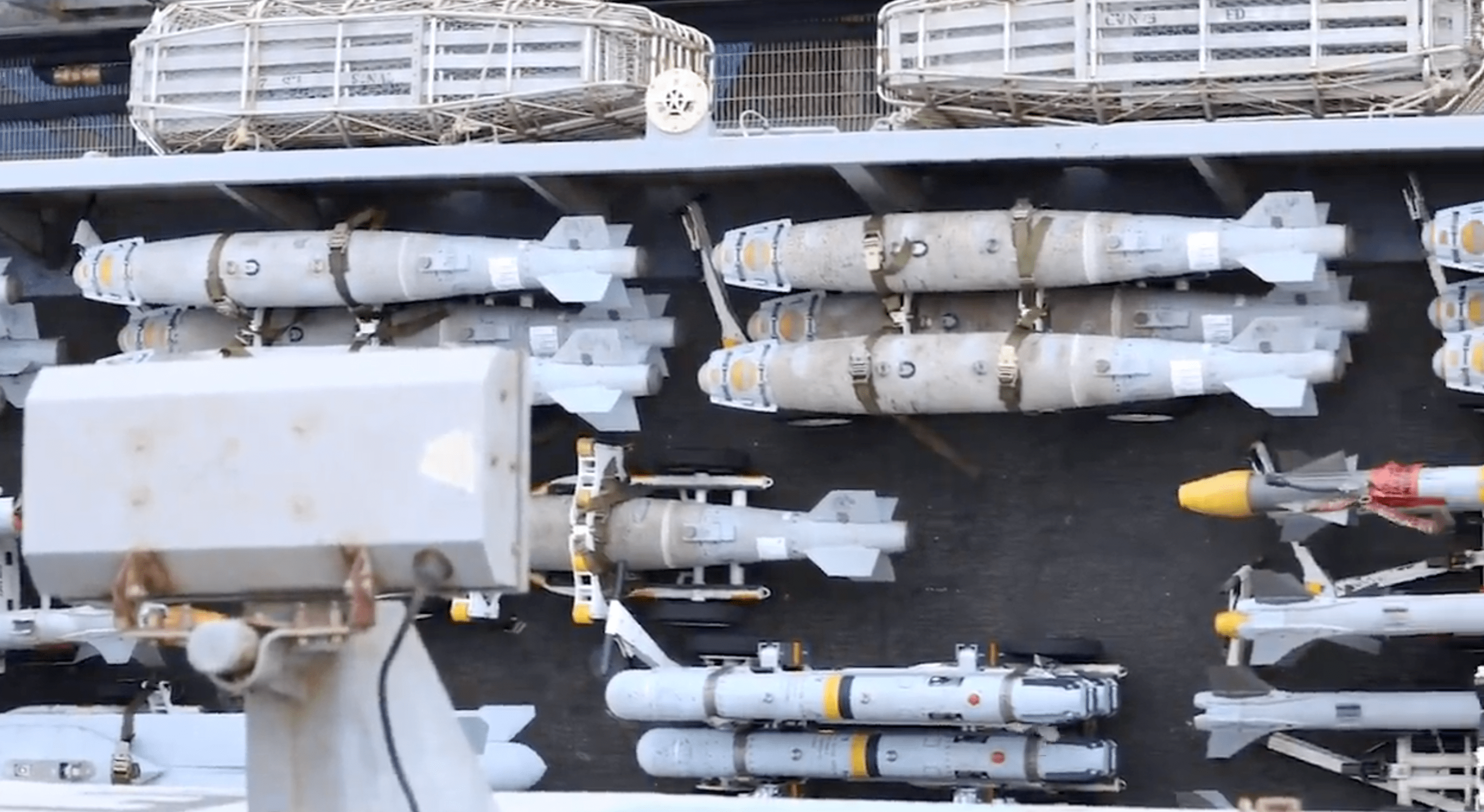
As well as StormBreaker, we have seen other interesting weapons employed during these strikes, including a lot of standoff types. Among these, the AGM-154 Joint Standoff Weapon (JSOW) glide bomb has been prominent, as well as the AGM-84H/K Standoff Land Attack Missile-Expanded Response (SLAM-ER) missile, and the more familiar Joint Direct Attack Munition (JDAM) and AGM-88E Advanced Anti-Radiation Guided Missile (AARGM).
As for the GBU-53/B, the weapon’s tri-mode guidance system can find targets using imaging infrared or millimeter-wave radar or employing semi-active laser homing to hit a designated aimpoint. Another of the key advantages of StormBreaker is its ability to communicate with the aircraft carrying it. This means the weapon can be launched and, if required, redirected to a new target once in flight, as well as receiving regular midcourse updates.

Depending on the altitude of the launching aircraft, the weapon can also glide on its own using a GPS-assisted inertial navigation system, after which it can strike a specific coordinate or begin searching for a target. This provides considerable flexibility, with the weapon able to engage both stationary and moving targets, including at night or in bad weather.
This latter point provides a major advantage over even the ‘Laser SDB,’ a development of the original SDB that can strike moving targets, but not in all weather conditions. The Laser SDB also needs the aircraft — or another laser source — within line of sight to actually lase the target.
StormBreaker can hit stationary targets at a maximum of 69 miles and moving targets at 45 miles, the Air Force has disclosed. The munition has particular utility against surface targets, making it especially relevant for the current Houthi campaign.
StormBreaker is also a notably small weapon, with a length of just 69 inches, a diameter of no more than seven inches, and a weight of 204 pounds. An individual aircraft can therefore carry a significant quantity — up to 28 in the case of the F-15E Strike Eagle, for example — allowing more targets to be prosecuted. However, the F/A-18E/F has so far only been seen carrying StormBreaker on twin smart racks, as evidenced aboard the USS Harry S. Truman during the Houthi strikes.
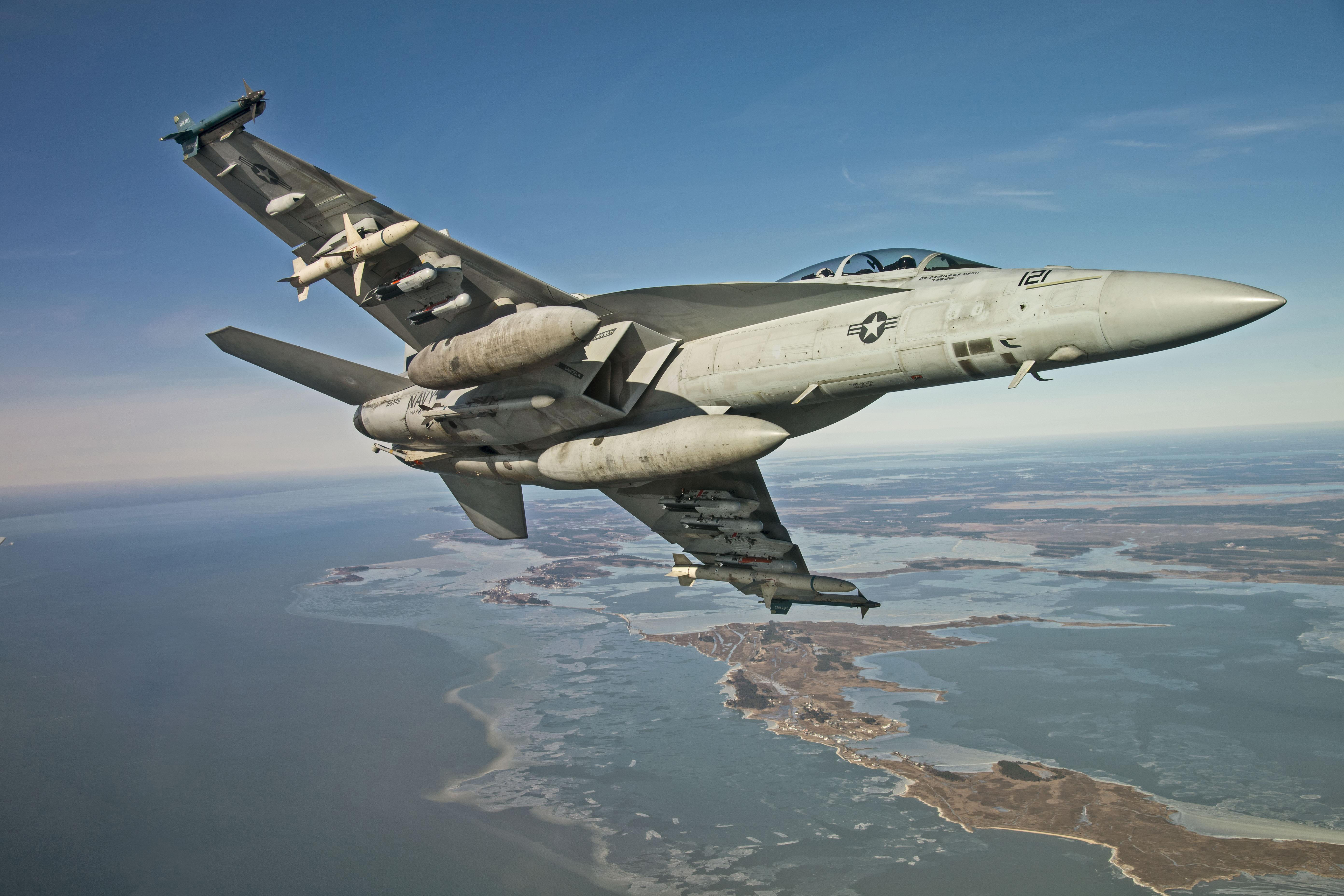
As we reported at the time, the U.S. Air Force was the first to approve the StormBreaker for operational use on its F-15E back in October 2020.
This milestone had been delayed due to issues with the weapon’s software and guidance system, as well as addressing safety concerns associated with the bomb’s folding tail fins, all of which you can read more about in this previous TWZ piece on the weapon.
Meanwhile, the U.S. Navy announced its first guided launch of a StormBreaker from an F/A-18E/F Super Hornet in June 2020, as seen in the video below.

“StormBreaker is the only weapon that enables pilots to hit moving targets during bad weather or if dust and smoke are in the area,” Cristy Stagg, the StormBreaker program director at Raytheon’s Missiles and Defense division, said in a statement at the time. “Super Hornet pilots will be able to use poor visibility to their advantage when StormBreaker integration is complete.”
In December 2021, it emerged that the Air Force had determined that StormBreaker needed “additional coordination and planning” before being loaded onto a jet. The Air Force explained in a press release that, since the munition and aircraft communicate with each other, intelligence airmen have to load encrypted information into the bomb’s computer, resulting in a more laborious process to get the weapons actually loaded and ready for use.
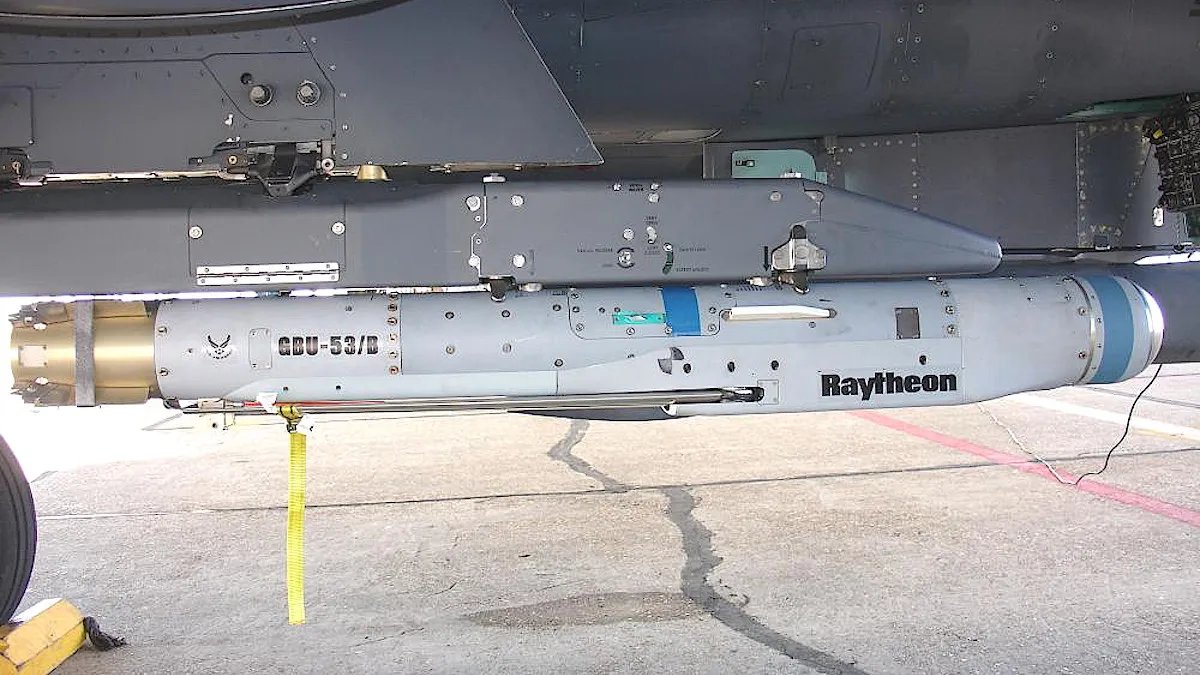
The Air Force also said that the process should be smoothed out as the service gained more experience with the weapon.
This revelation came in an Air Force press release marking the introduction of StormBreaker into operational service, with the 391st Fighter Squadron, an F-15E unit at Mountain Home Air Force Base, Idaho.
In April of last year, the Navy announced that it planned to field StormBreaker (which it also refers to as Small Diameter Bomb Increment II) on the F/A-18E/F after declaring Early Operational Capability (EOC) in October 2023. At that point, two additional operational test events were required before achieving Initial Operational Capability (IOC).
There are also plans to integrate StormBreaker onto all three variants of the F-35. These aircraft will be able to carry these weapons internally, allowing them to employ them while operating in the stealthiest configuration. The addition of StormBreaker into the F-35’s arsenal will greatly expand the type’s flexibility and lethality. All three variants of the F-35 will be able to carry four StormBreaker munitions in each of their internal bays.
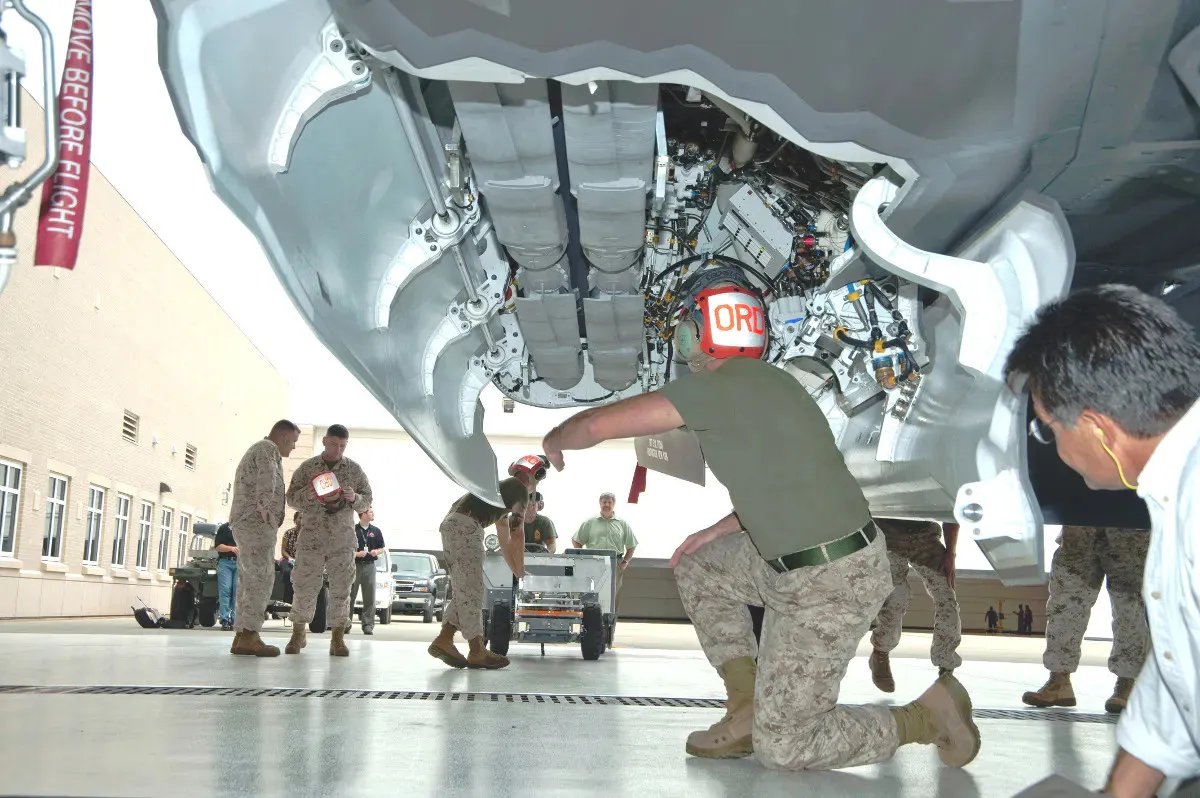
Looking toward the future, Raytheon has also said it’s working on a ground-launched version of StormBreaker, fitted with a rocket motor. Meanwhile, an air-breathing engine is planned to be added to the air-launched version, providing a considerably greater standoff range. You can read more about those plans here, as well as our report on how the munition is already an important part of Marine Corps planning for future Expeditionary Air Basing Operations (EABO) with the F-35B.
For now, however, the original version of StormBreaker appears to have notched up a highly important milestone in its sometimes-protracted development history. Hopefully, more details will emerge soon about the combat use of the GBU-53/B as part of the ongoing operations against the Houthi militia.
Contact the author: thomas@thewarzone.com
